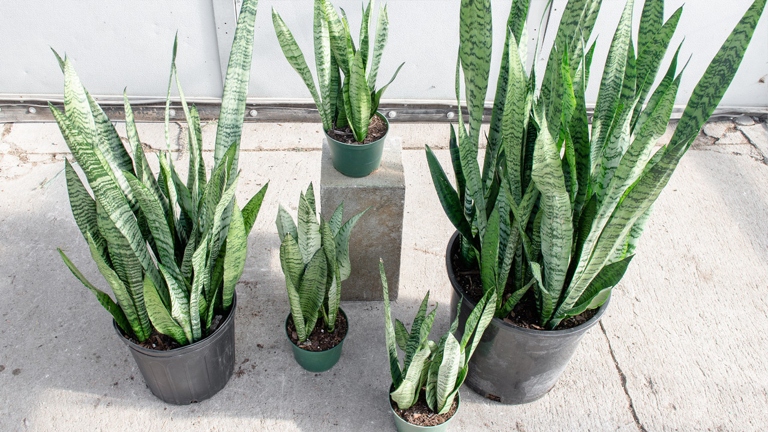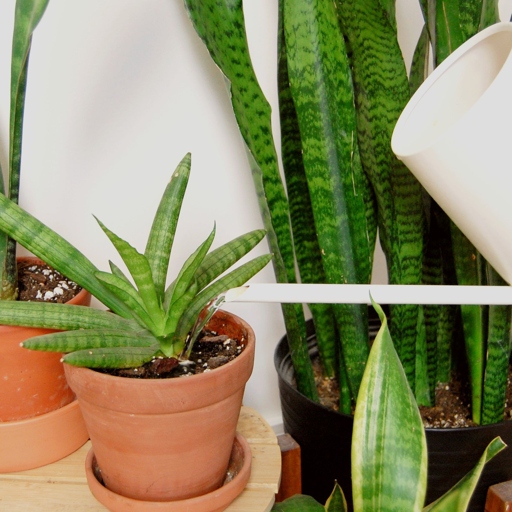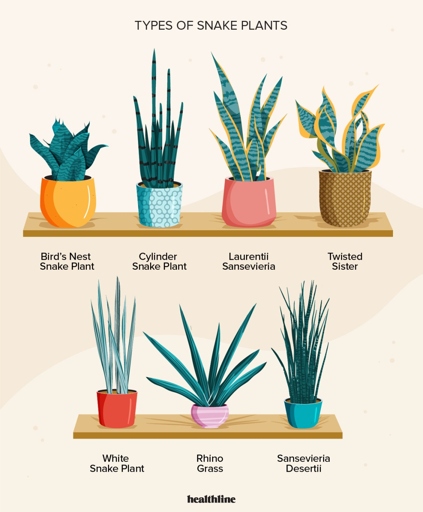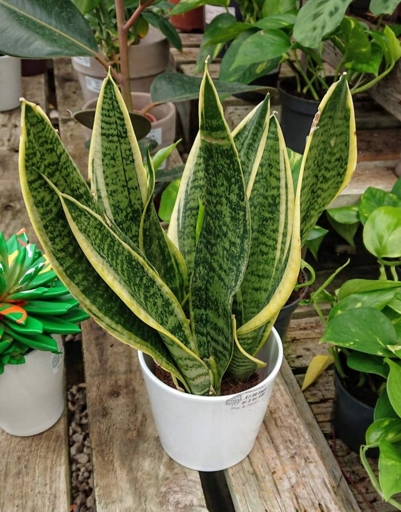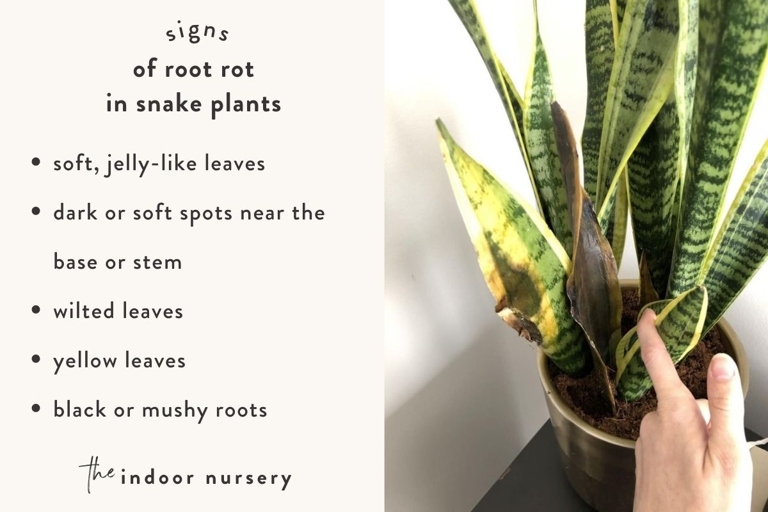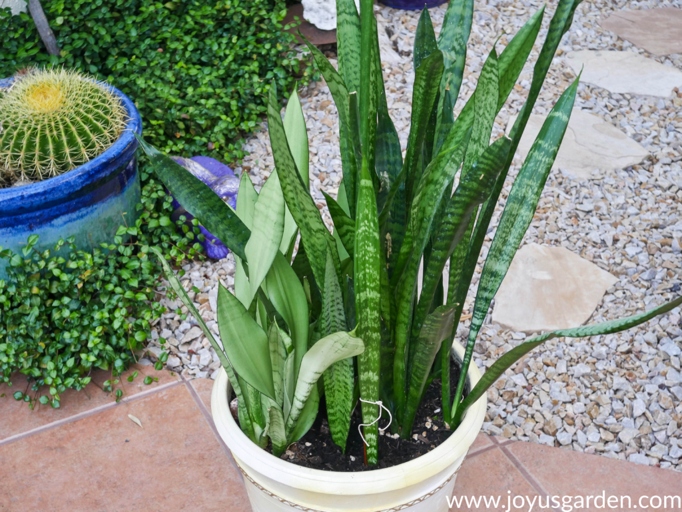Overwatered Snake Plant (Signs and Step by Step Solutions)
If you have a snake plant that is overwatered, you may notice some telltale signs. The leaves may be yellowing or wilting, and the plant may be drooping. If you see these signs, it’s time to take action to save your plant. Here are some steps to take to revive an overwatered snake plant.




